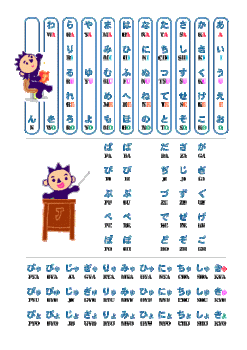For people who are used to Romanized lettering and symbols, Japanese ‘lettering’ can be especially intimidating. This would be the same with with Chinese/Cantonese/Manderin, Russian, Korean, etc.
“Somewhere along the line I taught myself hiragana with the help of a website that provided mnemonics. I wrote down five hiragana the first day. Then the next day, I wrote the five from the previous day and five new ones. Every day I re-wrote all the hiragana I’d learned, plus five new. It took me a little over a week. Then I taught myself katakana the same way.” Ken Seeori
I found it neat that the Japanese have three different styles of writing: hiragana, katakana, and kanji.
Hiragana and Kanji are the kana that are normally used for the majority of Japanese writing. Kanji is encouraged to be used the most. However, Hiragana is used when the kanji form is not known to the writer or if their isn’t a kanji word.
Katakana is “most often used for transcription of words from foreign languages.” (http://www.sljfaq.org/afaq/katakana-uses.html)
It is not uncommon to see all three forms in modern Japanese writing.
When I started learning Japanese, one of the first sections in Japanese Demystified focused on learning kana. I took advice from the blog post, The Best Way to Learn Japanese, and wrote out one section of the hiragana chart a day. Each day after that I would write the previous sections, as well as one new section. The problem I had was I was constantly looking for the right hiragana after the first and second section and wasn’t really learning it. I then took a break and focused just on speaking.
After about two weeks of not studying hiragana, I decided to give it another try. This time I decided to add one more aspect to my studying style. I would practice each section until I mastered them before moving onto the next section. So far, I have mastered two sections (a, i, u, e, o… ka, ki, ku, ke, ko). Today, I will move onto sa, shi, su, se, so.
The best thing I have found with writing is to take your time and keep practicing. Try and write each kana. Try to write words with the kana that you have mastered. By doing this, it will help your eyes and brain recognize letters and words easier.
“In the confrontation between the stream and the rock, the stream always wins – not through strength, but through persistence.” -Buddha



Pingback: #AtoZChallenge: April 19, 2013: Q = 九 | Of Glass & Paper